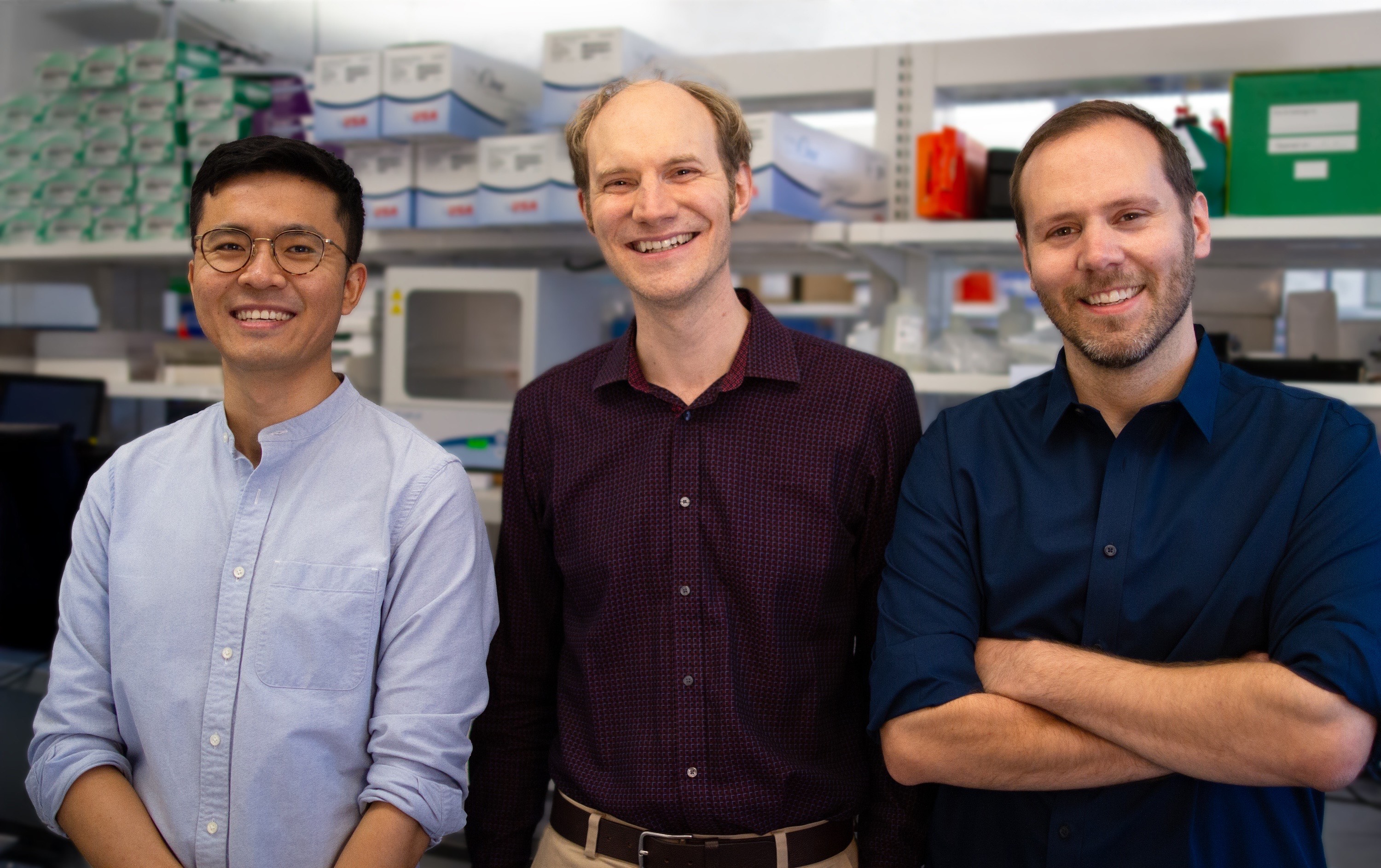How CRISPR Is Fighting Breast Cancer
From the moment it was discovered, CRISPR-Cas9 has grabbed headlines with its revolutionary ability to make precise gene edits. But the underlying principle of using guide RNA (gRNA) to target specific nucleotide sequences opens up a broad range of possibilities beyond just editing a single segment of DNA. In effect, gRNA is a search engine for the universe of nucleic acids. Innovative startups and researchers are finding powerful uses for this new capability.“The applications of CRISPR are limitless,” says Rebecca Nugent, Senior Manager of Synthetic Biology at Twist Bioscience. She believes some of the most important early use cases will be in diagnostics. “CRISPR diagnostics use the full power of guide RNA, but they do not edit the genome, so issues such as off-target edits are less problematic.”The leaders in CRISPR diagnostics are the Broad Institute, with its SHERLOCK platform, and Mammoth Biosciences, co-founded by CRISPR pioneer Jennifer Doudna who recently raised $23 million of Series A capital. Both of these platforms are built around the gRNA search engine.So, how do they work? Say, for example, you want to develop a CRISPR diagnostic for a cancer mutation. You would begin by identifying a nucleotide sequence that appears only in the mutated cancer cell. You would then synthesize gRNA that exactly complements this nucleotide sequence so it would bind to a genetic sample only if the sample contains the unique signature of the cancer cell. Whenever the gRNA finds this signature sequence, CRISPR-associated enzymes (e.g., Cas12) confirm that the gRNA has found the correct sequence. They then cut the sample nucleic acid strand as well as “reporter molecules” contained in the surrounding solution. These reporter molecules are programmed to release a particular color when they are cleaved by the CRISPR-associated enzymes. The appearance of the specified color in the solution indicates the presence of cancer cells in the sample.Mammoth Biosciences and the Broad Institute both intend to offer paper-based diagnostic tests, where a sample applied to a detection card would cause a visible color change similar to that of a pregnancy test. These tests would be affordable and easy to use, whether in a hospital, at point-of-care, or even at home. Best of all, they could deliver results in under an hour. Such expedited results could not only improve patient care, but could also be instrumental in diagnosing complex diseases such as breast cancer.Guide RNAs can be synthesized to target practically any sequence of nucleotides. Therefore, any nucleic acid sequence in the body can be explored such as viral genomes, genes that confer antibiotic resistance in bacteria, or, importantly, mutations that cause cancer. This versatility is a big reason why gRNA is finding innovative uses in fundamental research as well.Scientists often study diseases whose genetic causes are not well understood. Identifying the genes that play a role in a given disease can suggest additional experiments to explore the role of those genes or possibly entire pathways of the disease process. Researchers typically identify the genes of interest by generating and screening a population of mutant cells. CRISPR greatly simplifies this task because state-of-the-art gRNA synthesis allows researchers to precisely track a broad assortment of mutations. For instance, a recent study published in the journal Nature used Twist Bioscience DNA in CRISPR-based mutagenesis experiments that have important implications for the future of breast cancer treatment.Breast cancer type 1 and 2 susceptibility proteins, BRCA1 and BRCA2, are integral parts of the body’s toolkit for repairing DNA damage in cells. Unfortunately, when either protein has mutations that impair its function, the repair complexes begin to repair DNA incorrectly, leading to hereditary breast and ovarian cancer (HBOC) syndrome. HBOC greatly increases a woman’s risk of developing breast and ovarian cancer and a man’s risk of developing prostate cancer. An estimated 1 in 500-1,000 individuals in the general population have a potentially disease-causing BRCA1 or BRCA2 mutation.In healthy cells, BRCA1 and BRCA2 perform DNA damage repair. In tumor cells with BRCA1 or BRCA2 mutations, other proteins are called to perform DNA damage repairs instead. By blocking the function of two important DNA repair proteins -- PARP1 and PARP2 -- researchers can force breast cancer tumors into a cell-death process called apoptosis. This insight has prompted the development of numerous PARP-inhibiting drugs.Cancer cells mutate quickly, though, and patients with advanced breast cancer have, in many cases, become resistant to PARP inhibitors. The authors of the Nature study probed exactly what kind of mutations lead to PARP inhibitor resistance. Using CRISPR-Cas9 DNA editing technology with a dense library of gRNAs manufactured by Twist Bioscience, they tiled mutations across the PARP gene. They then sorted the mutants that had developed PARP inhibitor resistance and examined them using Next Generation Sequencing.Perhaps the most medically significant finding of this study was that cells with different PARP mutations show different responses to different chemotherapy treatments. This has important implications for patients with PARP inhibitor resistant cancers. Building on this study, if medicine is able to fully understand this relationship between PARP mutations and chemotherapy, optimal chemotherapy options can be chosen by simply screening the patient’s PARP genotype, increasing the likelihood of successful treatment.As CRISPR takes its place among the essential tools for biological engineering and research, high quality gRNA molecules are assuming ever greater importance. The oligonucleotide DNA encoding the 489 guides used in the PARP inhibitor study was synthesized by Twist Bioscience, which offers market leading synthetic DNA and pools of oligonucleotides for CRISPR experiments.Oligo pools, highly diverse collections of oligonucleotides, are useful in many applications, including the generation of CRISPR gRNA libraries and high-throughput reporter assays. The success of these applications relies on the precision and uniformity of the oligo synthesis process. Twist Bioscience’s unique synthesis technology offers an industry-leading low error rate and uniform sequence representation to yield high-quality custom oligo libraries that enable efficient CRISPR screens



.svg)










.jpg)

.gif)